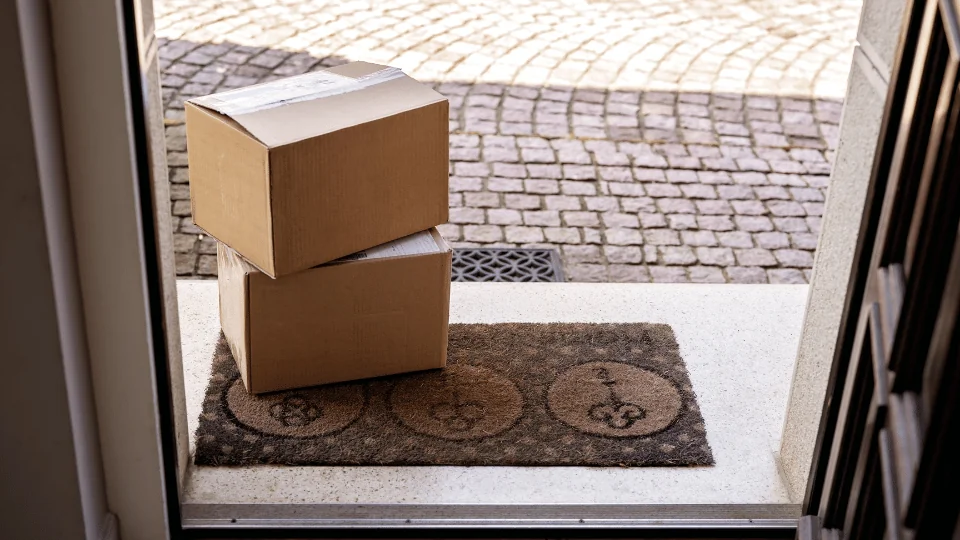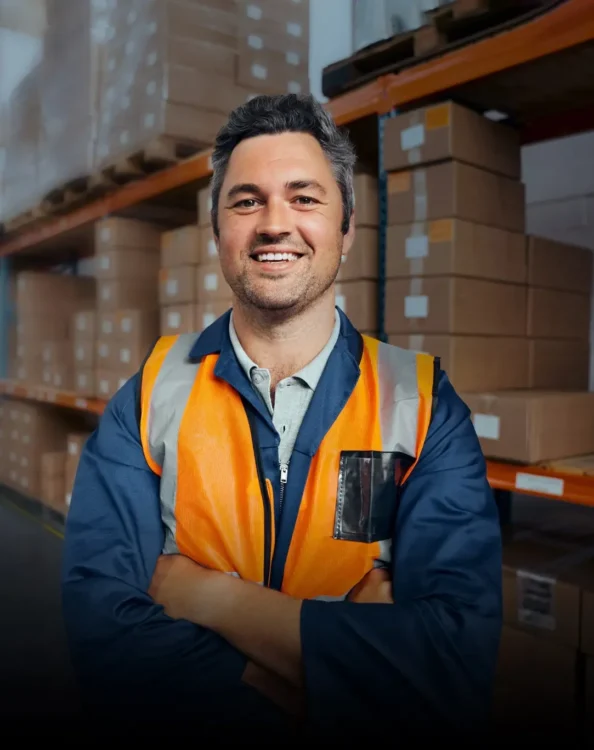Why is Square Packaging the Default in E-Commerce and Logistics?
When you open your door to receive a package, what shape do you find on your welcome mat? This may seem like a strange question, but there is currently a silent debate happening in the logistics industry over the shape of parcel and freight packaging.
On the one hand, e-commerce brands and parcel companies like Amazon have been embracing flexible packaging, using recyclable fibers to create form-fitting packages that won’t harm the environment and assist in sustainability efforts to reduce emissions.
However, even as the flexible packaging movement sways more companies, the default remains square or rectangular. Aside from familiarity, squared-off packaging has many benefits for logistics companies, including efficiency, protection, and space utilization. But the biggest reason right now is an innovation that is also sweeping the industry: automation.
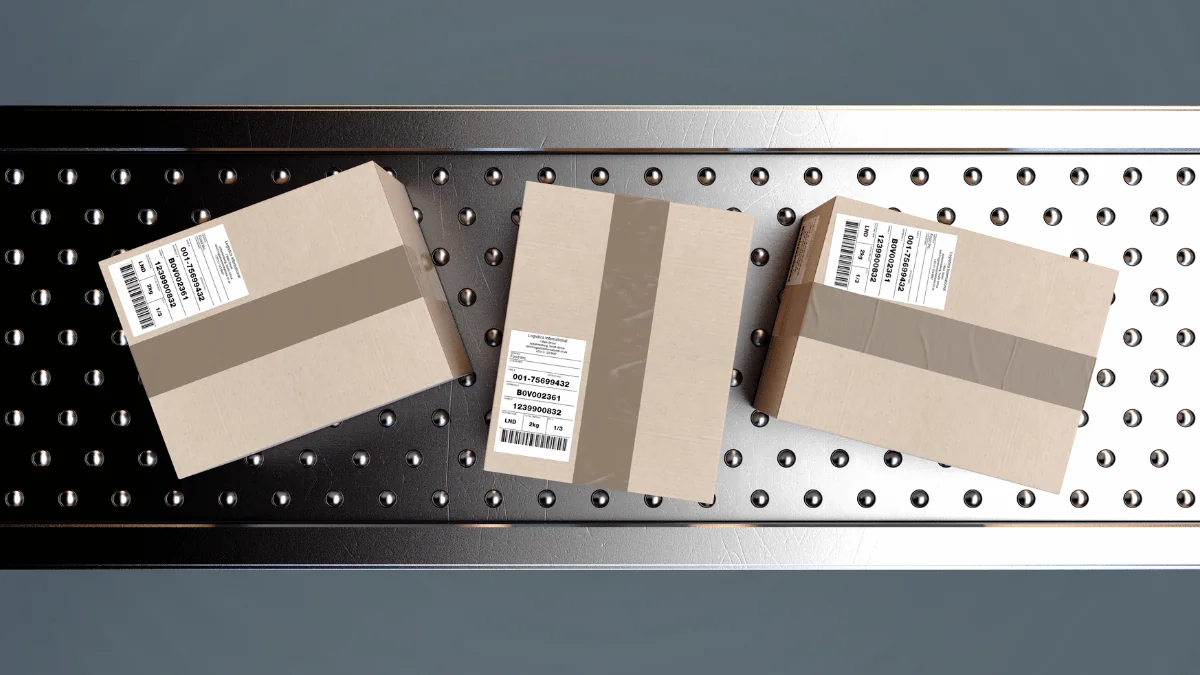
The Purpose of the Shipping Box
For as long as there has been parcel and freight shipping, products have been placed inside boxes. Before the invention of the corrugated cardboard box, shipping companies used wooden crates or boxes to transport goods. While these wooden containers were sturdy, they had issues with protecting items during transit since packaging materials like bubble wrap and packing paper were not yet standard.
The corrugated cardboard box emerged as a game changer for shipping companies. Its double-walled design made it strong enough to safeguard items from external environmental factors that could damage the products inside. Additionally, these boxes were lighter, making them easier for workers to lift and more manageable to stack, which increased efficiency in supply chain operations.
The standardization of square packaging has become ingrained in public awareness. A well-designed and attractive box can create a positive first impression for customers, while the unboxing experience has become a significant factor in customer satisfaction. After all, how often have you been ecstatic to see a large cardboard box with a shipping label on your front step?
The Flexible Packaging Movement
There are several issues associated with cardboard boxes, with the most significant concern being their impact on the environment. The production of cardboard requires a substantial amount of energy, which contributes to greenhouse gas emissions and methane pollution. Additionally, if cardboard boxes are not recycled properly, they occupy space in landfills, and their decomposition further reduces the planet’s ability to absorb carbon dioxide.
To lower environmental impacts, e-commerce sites and various brands are increasingly adopting flexible packaging solutions. These packages typically consist of recyclable sealed bags with bubble wrap walls or padded envelopes. Because they are easier to handle, these flexible options can lower logistics costs and enhance companies’ sustainability efforts.

Amazon has been a leader in this movement, with 11% of all shipped items in 2022 being packaged without boxes. Their “Ships in Product Packaging” program certifies products that can be shipped in their original packaging without the need for an additional Amazon box, envelope, or bag. This initiative helps to reduce the number of packaging materials used and minimizes the space that packages occupy in delivery vehicles.
The flexible packaging movement isn’t perfect, however. Porch piracy has risen since Amazon began its Ships in Product Packaging program, with pirates attracted by the smaller package size. They also are easily damaged; those bags and envelopes are not as strong as cardboard. Still, companies are turning to flexible packaging as a cost-effective, eco-friendly alternative.
The New Squaring Off Movement
While the flexible packaging movement has broken ground, a separate movement has taken hold of the logistics industry– a return to form, if you will. Squared packaging is making a comeback, with even some who had embraced flexible packaging returning to cardboard boxes.
Part of it is the discovery of the flaws companies found when they abandoned the box; bagged or enveloped packages are more susceptible to damage, theft, and defacing. However, there is another reason why square packaging is making a comeback: automated robots.
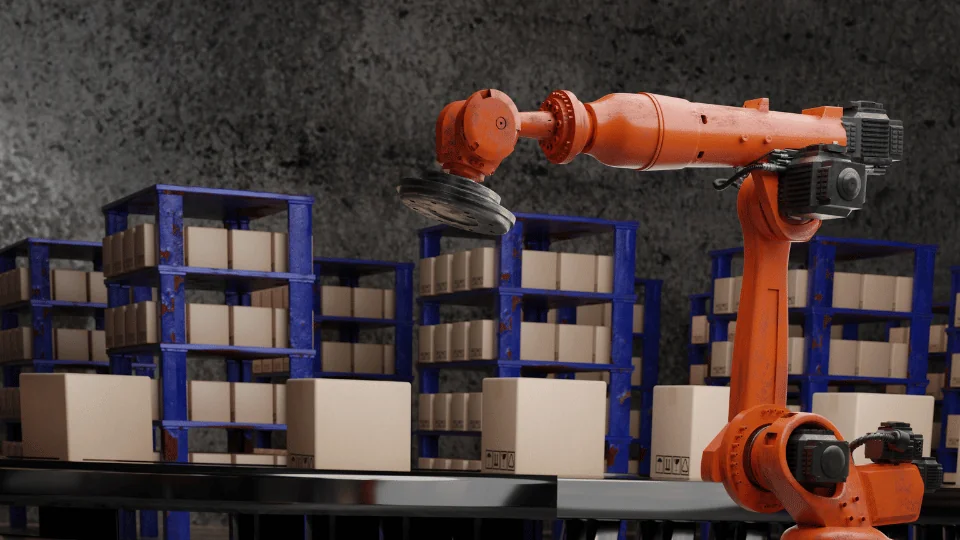
The technology has become essential to increasing productivity in warehousing and distribution. While there are robots that can handle flexible packages, including the ones Amazon uses, most automated robots have trouble picking up flexible packages; they do better handling squared, dimensionalized objects that can be stacked into symmetrical rows and moved easily.
Packaging is not the only thing that is becoming squarer. Packaging is becoming more square, with products like pet food, wine, juice, and snacks transforming from bags, bottles, and jugs into box packaging. This shift results from companies integrating automation into manufacturing, enhancing efficiency, and making boxes the preferred choice again.
This has also assisted in reducing “air space” within packaging. The logistics industry is pushing for shipment densification, as pockets of space within packaging result in higher logistics costs. Squared packaging allows for greater shipment density as long as the products fit snugly into a box.
Some consumers are worried that manufacturers are indulging in shrinkflation and using automation as an excuse to reduce their product volumes. There is no denying that squaring products come with a price; when Tropicana squared their bottles in 2024, the size decreased from 52 oz. to 46 oz. (though Tropicana claims it also lowered the retail price accordingly).
However, brands have recognized the challenges of matching their products with appropriate packaging sizes. They have been exploring methods to balance customer satisfaction and sustainability with the need for square packaging for automated production.
One approach has been the use of rightsizing equipment. These machines create boxes that fit the products as closely as possible, minimizing the need for void fillers inside. While this technology can produce perfectly sized boxes, it often folds excess box material rather than cutting it for recycling, accidentally creating air space instead of preventing it.
Box manufacturers are also experimenting with new materials for square packaging. Instead of corrugated cardboard, plastic and fibers are being used, attempting to marry boxes with flexible packaging to reduce their carbon footprint. They are still, however, vulnerable to the same damages flexible packages are while still creating void fillers inside.
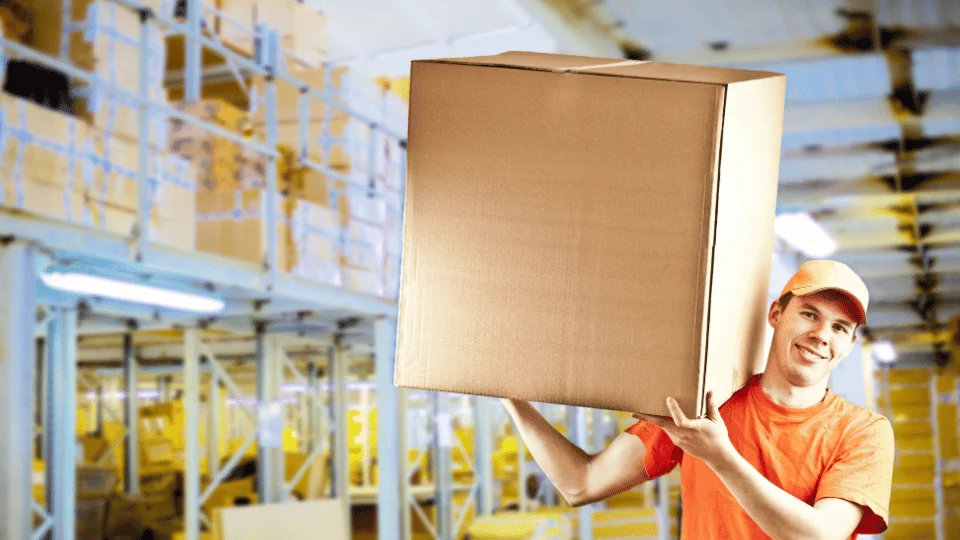
However, most of these alternative packaging solutions are only being used for e-commerce purposes, for smaller products and clothes. Currently, many consumers and manufacturers are opting for cardboard boxes for their packages once again. It’s still a mystery why; maybe it’s because of automation, the efficiency of transporting boxes instead of flexible packaging, or even just because the box is a familiar sight for many anticipating their orders.
Regardless of the reasons behind it, square packaging continues to be the standard for e-commerce and logistics. In the future, manufacturers and brands may find a balance between sustainability and efficiency that will put an end to the debate between flexible and cardboard once and for all.
For the foreseeable future, however, consumers can expect their orders to arrive in the cardboard boxes they know and love, waiting for them on their welcome mats like they always have.
